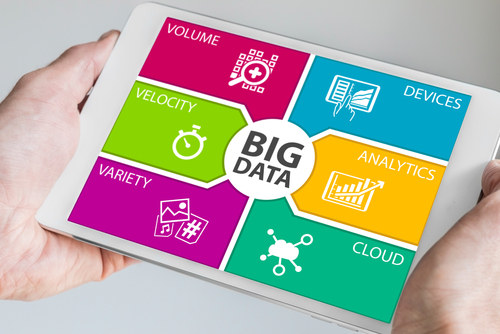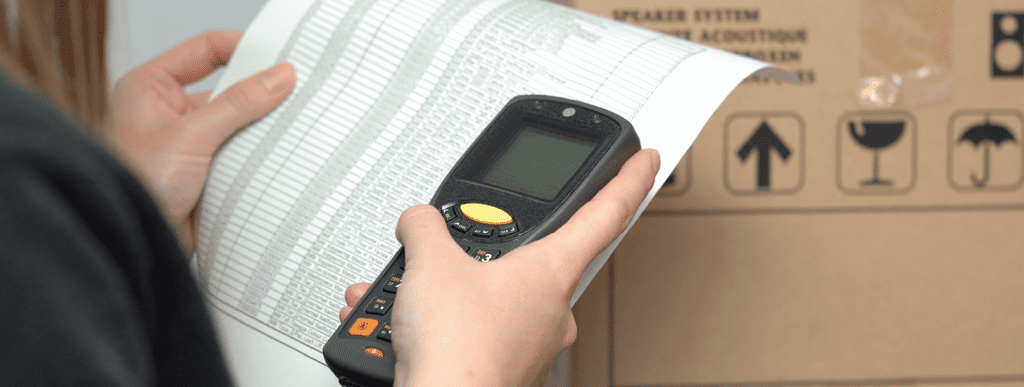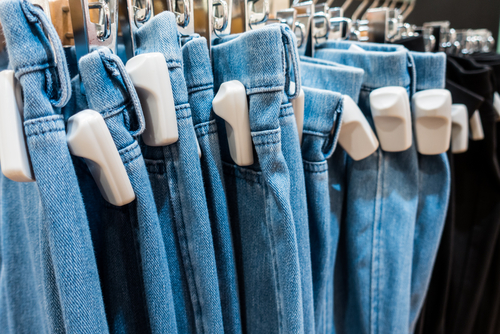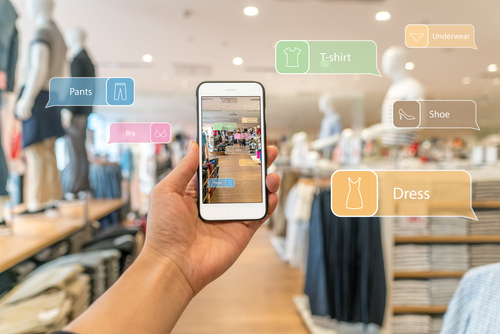How Big Data and Analytics are Evolving Customer Experience in Retail
The retail market has seen a drastic change from physical stores to online sales platforms. With the advent of the internet and the freedom to access it from anywhere, brick-and-mortar stores have turned into a digital retailer and new breed of e-retailers have arrived. This new e-retailing option provides users access to a virtual mall of sorts, at their fingertips. The rapid digitization is benefiting both retailing sectors to reach out to mass audiences and the customers to get access to products and brands worldwide. Such accessibility enables them to attract customers worldwide and take their game up a notch higher.
Retail sectors have now access to a humungous amount of Big Data that can be further used to reach out to larger audiences. Omnichannel marketing strategies and some new-age technology can work wonders at boosting the customer experience. The adoption of the said technology in the improvement of marketing campaigns and augmenting supply chain operations helps in offering better success rate.
Analytics – The Way Ahead for Retail

There is a fast-paced growth in retail consumption due to urbanization. Customers have better income and access to technology to keep changing their preferences. Big Data and Analytics are helpful when it comes to studying these changing patterns in customer preferences and behaviors. It also helps retailers to change their business model and rethink strategies to stay ahead in the game. The idea is no longer targeting a group of audience but offering personalized solutions for everyone. As per MRC statistics, the global retail analytics market stood at $2.25 billion in 2015 and is likely to skyrocket up to $7.47 billion by 2022 with a CAGR of 18.7%.
Understanding the Customers

Using predictive analytics to understand how the customer’s function, react, and purchase is highly critical for every retailer. Understanding their purchasing pattern and predicting future behavior can help send targeted advertisements and offers to the customers. Such unique targeting provides the opportunity for retailers to better engage with their consumers directly. Using POS systems, social media interactions, and online shopping patterns, retailers can achieve a deeper insight as to what sells. It also helps them understand how to model their stores, add inventory to their warehouse and reach more individuals.
Excellent Customer Experience
Companies that use data analytics can target customers as per their browsing and purchase history. Understanding what exactly your customer requires is a win-win situation for both the parties. These researched targeted products can be sent to users via customized emails and SMS to pique their interest. Targeting marketing provides them with options that predict their purchase intent. It is important that in-store management can provide insight driven shopping experience.
Technologies to be Adopted
Using Big Data and Analytics largely depends on what kind of technology is used by Retailers. Apart from having just POS data analyses to predict customer behavior, data can be even used to make pricing and marketing decisions. Some of the technologies that offer customers a smooth shopping experience while helping the retailers enhance their services are –
1. Radio Frequency Identification (RFID) – Radio Frequency Identification (RFID) is changing the way businesses track inventory and assets. This technology is hired by companies for on-shelf inventory management. But there is more to it than meets the eye. It can be smartly used to place items on the shelves where the consumer is most likely to go. These can be items that are limited to the season or on sale.
2. Wi-Fi Analytics – Here, data patterns are created with respect to real-time customer behavior inside the store. It helps in understanding the clusters of the store where maximum customer time is spent and which zone has the highest purchase. Such intelligent analysis helps in determining what the inventory customers are seeking. The store can change their inventory or position of items accordingly to make the customer’s shopping experience a breeze.
3. Beacon analysis – These low-cost Bluetooth sensors are a must for every retailer. They can be placed strategically inside the store to send proximity marketing based on customer location inside. Customers who are seeking an item can benefit not just from options provided but also avail discounts and coupons offered via it.
Customers love being pampered and the best way to do that is to make their life easy, not just around the store but also via marketing to invite them. Grow your retail firm multifold by seeking our expert advice and IT solutions to make the most out of Big Data and Analytics.
Stay up to date on what's new

Recommended Posts

01 Jun 2021 Retail
Custom Retail Software Solutions: Everything You Need to Know!
How Retail Software Solutions Help You Gain A Competitive Advantage The retail industry has witnessed a tremendous transformation over the past few years. Innovative retail technologies have made the sector……

06 Sep 2017 Retail
Expanding Retail Business with System over People
Technology is now an inevitable part of the retail landscape. Any enterprise worth its byte would now have an integrated POS and CRM suite, with features to take care of……

10 Nov 2015 Retail
How Important is Technology in Retail: 4 Focus Areas
The retail industry is one that constantly strives to stick to margins. It’s a live or die scenario for most retail companies these days, with their managers struggling to maintain……
Featured Blogs
Stay up to date on
what's new


























































